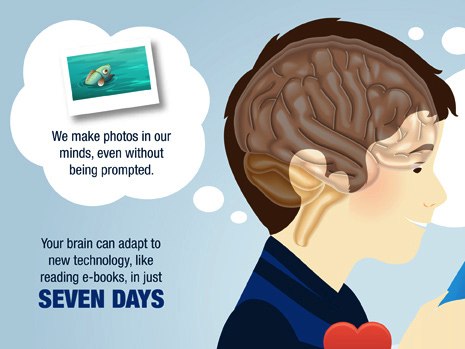
Scientists have made a revolutionary discovery: our brains hold a unique neural map with GPS-like accuracy that tracks rewarding experiences, rapidly updating when these rewards shift. Researchers at Stanford University utilized advanced brain imaging on mice in virtual reality environments to reveal that certain neurons form intricate maps of where advantageous events take place. These maps endure even as the mice travel far from rewards and quickly adjust to changes in reward placements.
This finding illuminates how our brains balance maintaining stable environmental maps while remaining flexible to the shifting locations of valuable resources, which is vital for understanding conditions such as dementia and addiction. “The reward map adjusted almost instantly when we relocated the reward,” commented Lisa Giocomo, a neurobiology professor at Stanford Medicine.
**Two Maps, One Brain**
Impressive results were noted within the mouse hippocampus, a brain area crucial for memory and navigation. The brain does not depend on a singular mapping system; it operates with two separate neural networks: one dedicated to spatial positions and another for tracking reward locations. Much like having both Google Maps and a personal dining app, the brain continuously refreshes its reward maps, similar to discovering your favorite café has relocated.
Using an innovative arrangement, scientists replicated an IMAX experience for mice on wheels, enveloped by screens displaying virtual corridors. This arrangement enabled researchers to monitor changes in brain activity as virtual rewards moved. One cluster of neurons maintained a stable map of the environmental layout, while another swiftly adapted to new reward placements, charting sequences that traversed vast spaces.
Key discoveries include:
– Reward maps cover distances akin to city blocks.
– Neural modifications often occur ahead of behavioral alterations by several trials.
– As learning enhances, a greater number of neurons participate in reward tracking.
– Single neurons can alternate between spatial and reward mapping functions.
– Both maps function simultaneously without interference.
**When Maps Go Wrong**
This finding carries significant implications for human conditions. In dementia, these two mapping systems may become disjointed, resulting in misalignment between spatial awareness and reward memory. In addiction, the link between location and reward memories can become excessively strong, triggering relapse when people encounter familiar environments. Neural changes frequently precede behavioral shifts, indicating these circuits influence future decisions.
**Flexibility Within Structure**
A surprising element was the brain’s capacity to adapt in assigning mapping responsibilities. Neurons could change roles, with spatial neurons integrating into the reward network as necessary. This challenges the belief that specific brain functions require dedicated circuits, implying instead that flexible networks can dynamically adjust based on survival and success priorities.
Understanding the neural connections between spatial information and rewards may open avenues for therapies that modify harmful associations in addiction or enhance beneficial memories in dementia treatment.